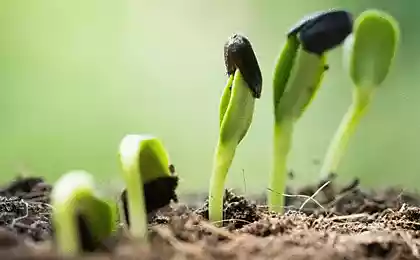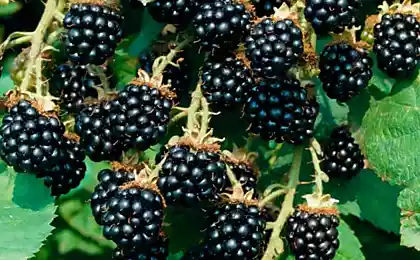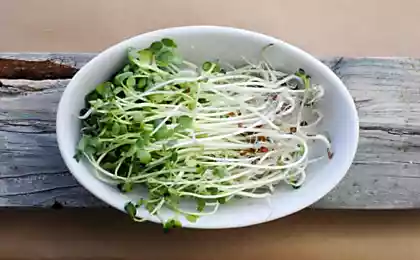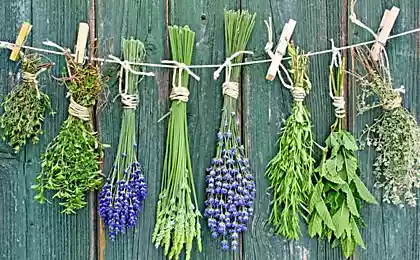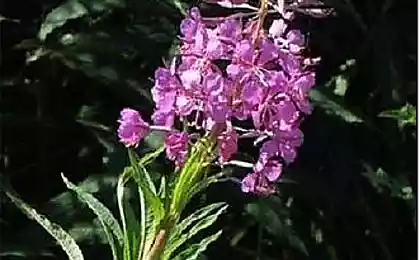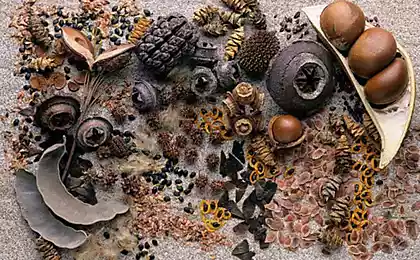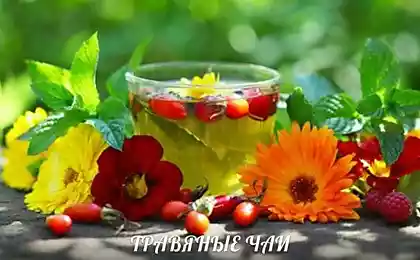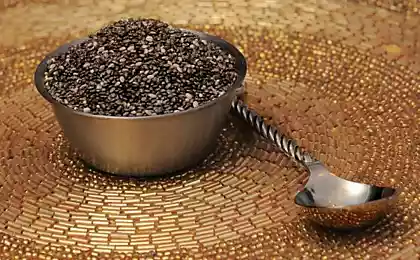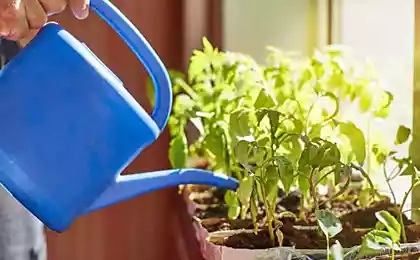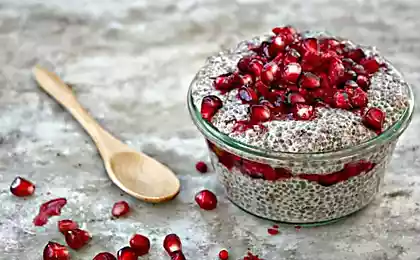164
What is useful thyme, how to properly collect, dry and use it
Some know it as a spice that is added to meat, potatoes and salads. Others appreciate the spicy hue it gives to tea. And others admire the fragrant mat of small pink-purple flowers on the edges and forest glades, not even knowing what is useful thyme and what wonderful properties it has.
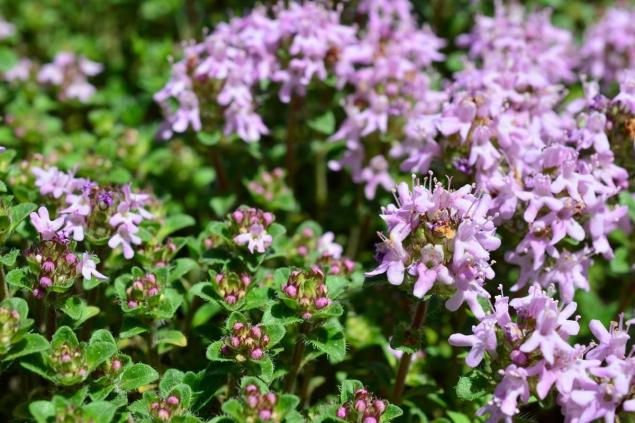
Thyme, thyme, chebryk, incense, wild mint, the grass of the Virgin - all these are the names of perennial semi-shrubs from the genus Thymus of the Yasnotkov family. Today we will tell you why it is worth planting thyme on your site, how to collect, dry and use it.
Unpretentious thyme pleases with its aroma, cures ailments and decorates the site with delicate flowers. In addition, the grass of the Virgin was simply born to decorate your alpine slide. It quickly spreads and reproduces, easily divides and instantly takes root in a new place.
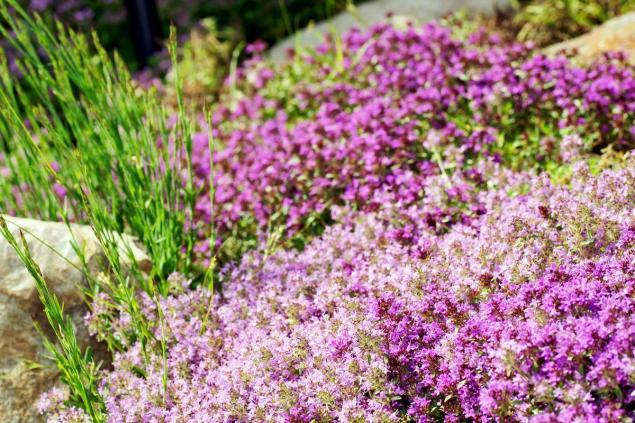
In folk medicine, disinfectant and bactericidal properties of thyme are used. Infusions and decoctions of flowers help to restore visual acuity. Thyme poultices help with insect bites, they rinse their mouth with toothache.
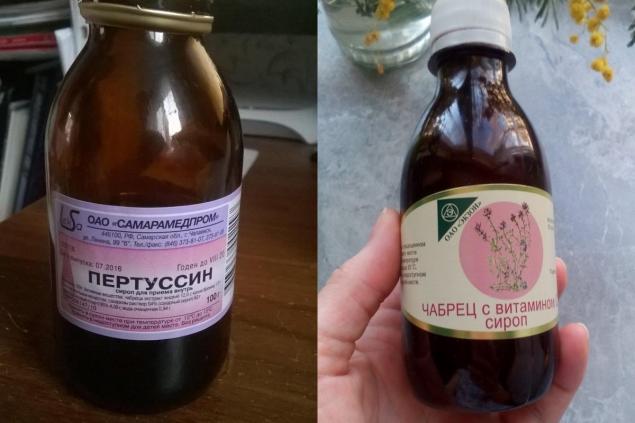
The magic herb has also been recognized in official medicine. Thyme, for example, is an important component of such a popular cough medicine as Pertussin. It is also a part of expectorant and choleretic collections.
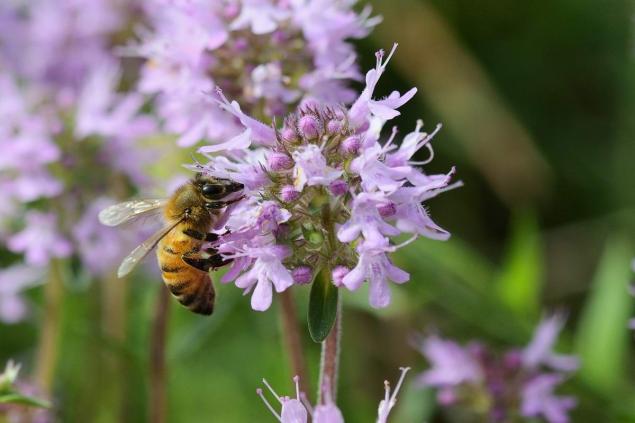
Thyme attracts bees, so you won’t have trouble pollinating other plants. Gardeners noticed that the neighborhood with thyme significantly increases the yield of some vegetables. Like tomatoes, eggplant, beans. In short, the reasons to plant a useful plant on the site is more than enough.
How to plant thyme To medicinal raw materials are always at hand, plant thyme in the country. The hero of our article loves bright, warm places. It looks great along the flower beds and paths. So don't put him in the shade.
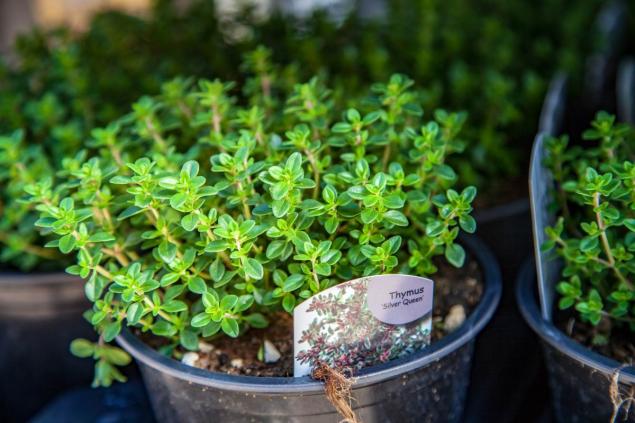
In advance (from autumn) dig up the selected area, remove weed plants, add compost to the soil or interfering manure. In spring, when the earth warms up well, dig it, fields and then sow this small thyme seeds on the surface of the earth, sprinkling a little with sand.
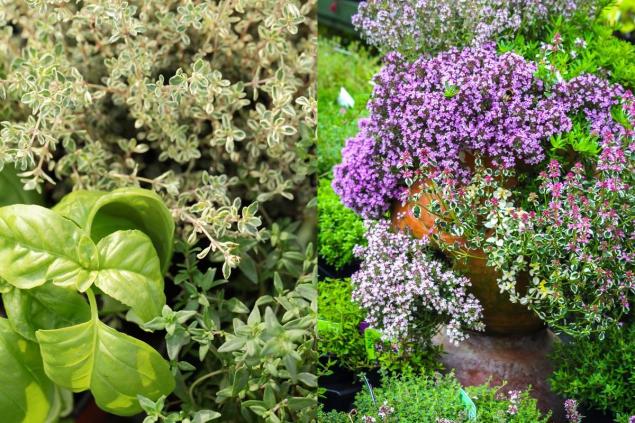
Caring for thyme is not very difficult. By analogy with other perennials, it consists of loosening, weeding, fertilizing and watering in the summer. Feed thyme can be universal fertilizer, trampled manure and green fertilizer from infused in water herbs.
Harvesting a fragrant plant for medicinal purposes is necessary during flowering. According to popular beliefs, the most suitable time for this is two major religious holidays - the Trinity and the Assumption of the Virgin. It is believed that the material harvested these days, has special properties.
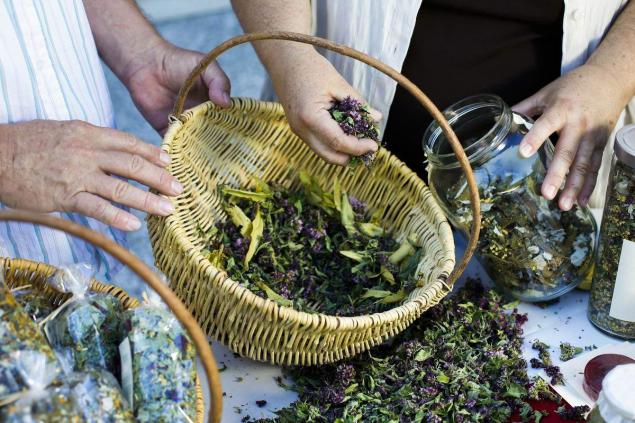
For tea and as a seasoning, thyme is harvested before flowering. So the essential oils included in its composition are preserved to the maximum extent. In order not to tear out the root and not to damage the shoots of thyme, it is better to use scissors. So that the bushes do not get sick, you need to leave some of them intact.
If you are engaged in collecting and harvesting thyme for teas and decoctions, then before drying it should not be washed. The washed plant will rot, making further use impossible. Dry the collected raw materials on dense paper or fabric, without direct sunlight, sometimes turning over.
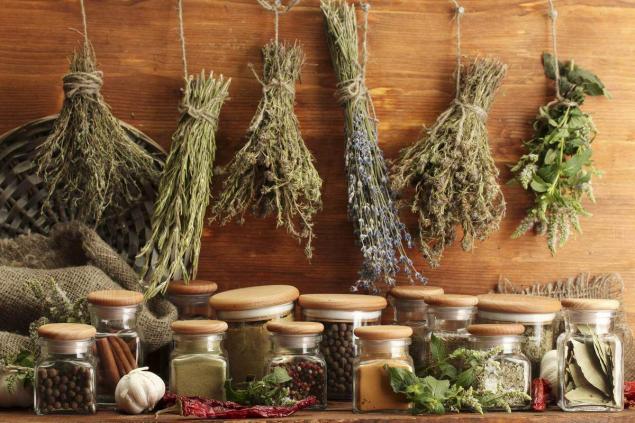
Before storage, all dry material is sifted, separating unnecessary stems. Then the finished grass is distributed in glass jars, cloth bags or dense cardboard boxes, making sure that the thyme layer does not exceed seven centimeters.
Drinks with thyme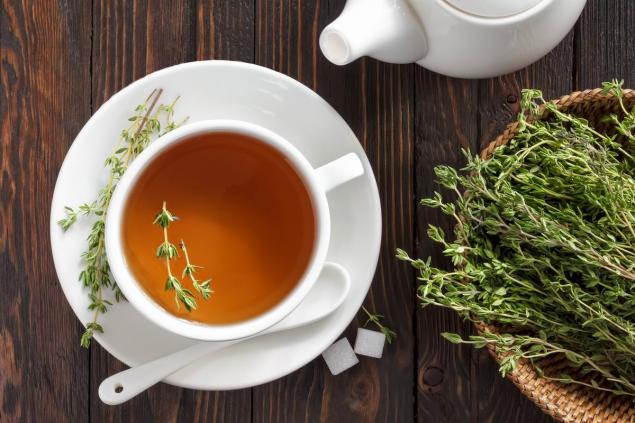
Drinks with thyme
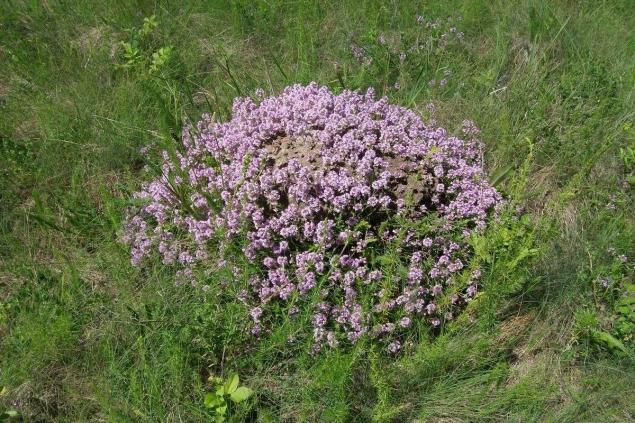
Interesting fact: it turns out that the aroma of thyme is attractive not only for humans, but also, for example, for ants. Perhaps you have seen that the small hills of field anthills are very often covered with the carpet of its small flowers. This gives rise to seeds that ants bring to the anthill.

Thyme, thyme, chebryk, incense, wild mint, the grass of the Virgin - all these are the names of perennial semi-shrubs from the genus Thymus of the Yasnotkov family. Today we will tell you why it is worth planting thyme on your site, how to collect, dry and use it.
Unpretentious thyme pleases with its aroma, cures ailments and decorates the site with delicate flowers. In addition, the grass of the Virgin was simply born to decorate your alpine slide. It quickly spreads and reproduces, easily divides and instantly takes root in a new place.

In folk medicine, disinfectant and bactericidal properties of thyme are used. Infusions and decoctions of flowers help to restore visual acuity. Thyme poultices help with insect bites, they rinse their mouth with toothache.

The magic herb has also been recognized in official medicine. Thyme, for example, is an important component of such a popular cough medicine as Pertussin. It is also a part of expectorant and choleretic collections.

Thyme attracts bees, so you won’t have trouble pollinating other plants. Gardeners noticed that the neighborhood with thyme significantly increases the yield of some vegetables. Like tomatoes, eggplant, beans. In short, the reasons to plant a useful plant on the site is more than enough.
How to plant thyme To medicinal raw materials are always at hand, plant thyme in the country. The hero of our article loves bright, warm places. It looks great along the flower beds and paths. So don't put him in the shade.

In advance (from autumn) dig up the selected area, remove weed plants, add compost to the soil or interfering manure. In spring, when the earth warms up well, dig it, fields and then sow this small thyme seeds on the surface of the earth, sprinkling a little with sand.

Caring for thyme is not very difficult. By analogy with other perennials, it consists of loosening, weeding, fertilizing and watering in the summer. Feed thyme can be universal fertilizer, trampled manure and green fertilizer from infused in water herbs.
Harvesting a fragrant plant for medicinal purposes is necessary during flowering. According to popular beliefs, the most suitable time for this is two major religious holidays - the Trinity and the Assumption of the Virgin. It is believed that the material harvested these days, has special properties.

For tea and as a seasoning, thyme is harvested before flowering. So the essential oils included in its composition are preserved to the maximum extent. In order not to tear out the root and not to damage the shoots of thyme, it is better to use scissors. So that the bushes do not get sick, you need to leave some of them intact.
If you are engaged in collecting and harvesting thyme for teas and decoctions, then before drying it should not be washed. The washed plant will rot, making further use impossible. Dry the collected raw materials on dense paper or fabric, without direct sunlight, sometimes turning over.

Before storage, all dry material is sifted, separating unnecessary stems. Then the finished grass is distributed in glass jars, cloth bags or dense cardboard boxes, making sure that the thyme layer does not exceed seven centimeters.
Drinks with thyme

Drinks with thyme
- Recipe number 1. In a quarter glass of water, fill a teaspoon of dry thyme. Bring it to a boil and let it brew for 10 minutes. Pour into a cup, share boiling water, wait another 5-7 minutes, strain. The fragrant tea is ready!
- Recipe 2. Place in the teapot 3 teaspoons of black tea and 2 teaspoons of dried thyme, pour boiling water and let it brew. Add sugar or honey to taste.
- Recipe 3. Mix thyme with mint and oregano in equal proportions. Place a tablespoon of this mixture in a teapot, pour boiling water and let it brew. Such a drink is an ambulance for neurosis, insomnia, mood swings and increased fatigue.

Interesting fact: it turns out that the aroma of thyme is attractive not only for humans, but also, for example, for ants. Perhaps you have seen that the small hills of field anthills are very often covered with the carpet of its small flowers. This gives rise to seeds that ants bring to the anthill.
Why a hundred and more years ago the villages of our country were distinguished by the absence of any vegetation
Genius homemade for giving from an old loose barrel


